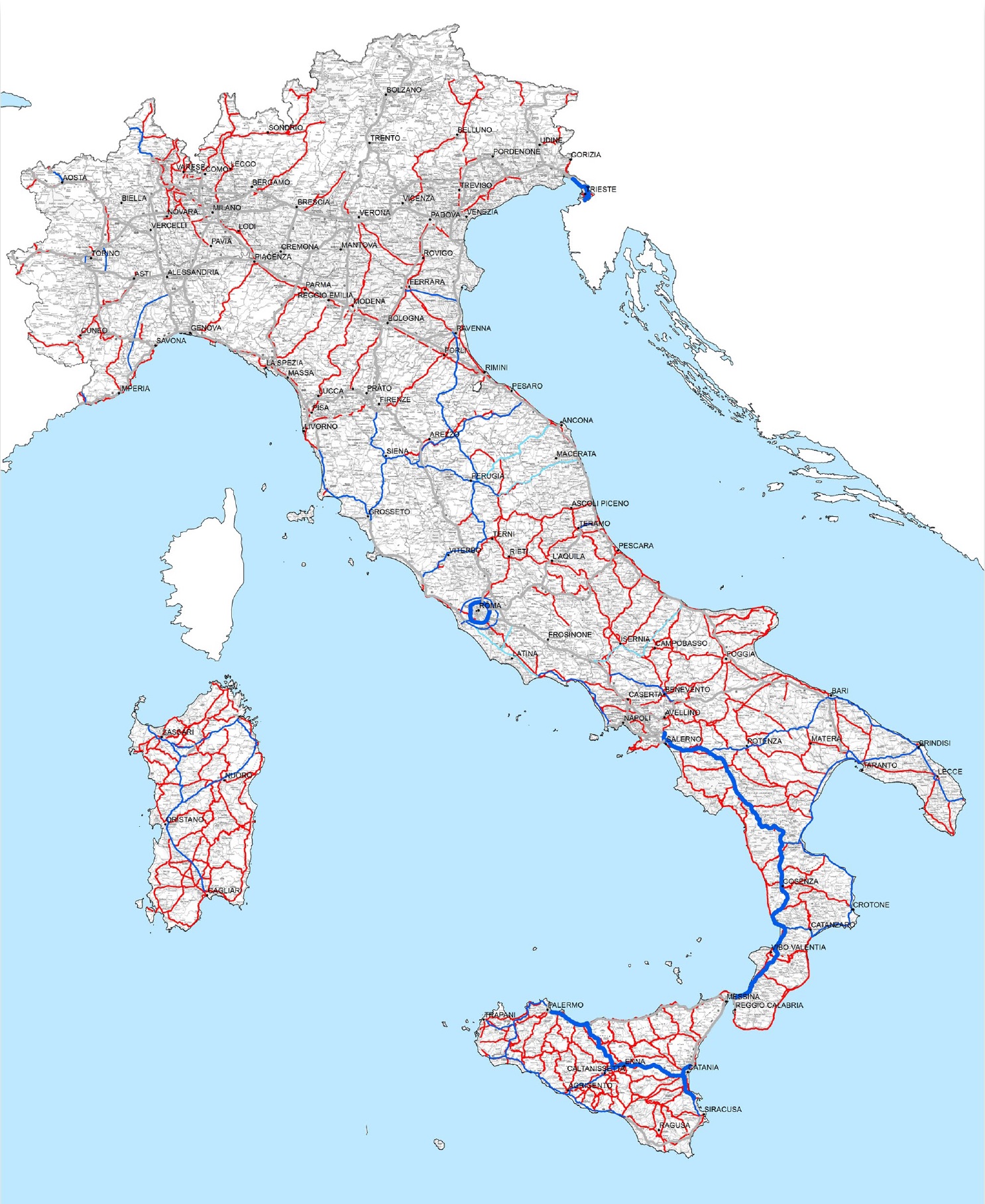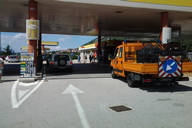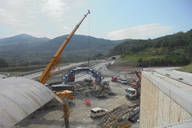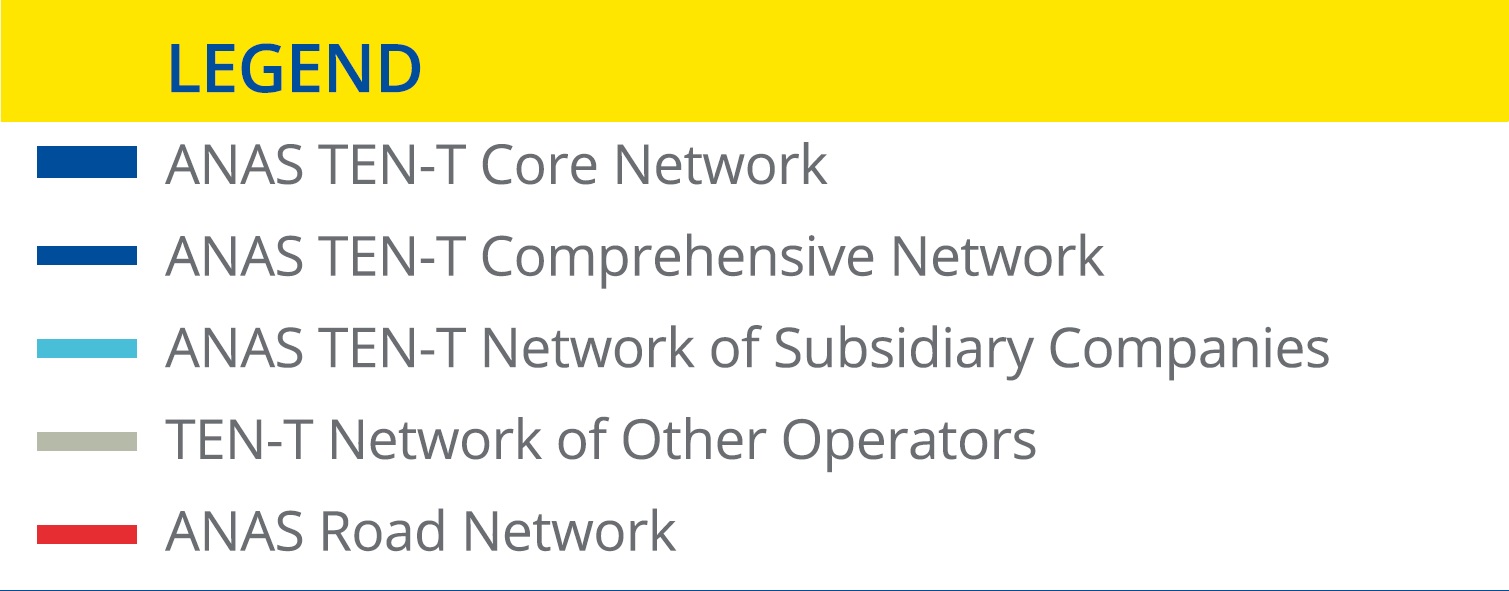The transports sector is crucial for the economy and to grow and thrive Europe needs very good connections.
To help promote growth and competitiveness in Europe's 28 member States the European infrastructural policy aims at creating a solid, efficient and modern transport network.
Anas actively contributes to develop and ensure the correct functioning of the Trans-European transport road network (TEN-T), in cooperation with the Ministry of Infrastructure and Transports, in order to reach many of Europe's goals in road transport.
The TEN-T network – established with Resolution no. 1692/96/EC of 23 July1996 providing for the general parameters and now governed by the EU Regulation no. 1315/2013 of 11 December 2013 – includes transport infrastructure and telematic applications, as well as a range of measures promoting this network’s management and use that also make it possible to establish and manage efficient and sustainable transport services.
This network, which includes systems for railway, road, air, maritime, inland waterways and multimodal transport, qualifies as a unified network that consists of:
- a "comprehensive network" that includes existing and planned transport infrastructure in the Trans-European transport network;
- a "core network", namely the portions of the “comprehensive network” that play a strategic role for the development of the Trans-European transport network.
TEN-T CORE NETWORK CORRIDORS
- BALTIC - ADRIATIC
- NORTH SEA – BALTIC
- MEDITERRANEAN
- ORIENT / EAST - MED
- SCANDINAVIAN – MEDITERRANEAN
- RHINE – ALPINE
- ATLANTIC
- NORTH SEA – MEDITERRANEAN
- RHINE – DANUBE
A portion of the TEN-T network managed by Anas is part of the alignment of the Trans-European corridors. The EU has created nine multi-modal corridors for the coordinated creation of a central network, three of which include infrastructure of our network:
- the Baltic-Adriatic Corridor, one of the most important Trans-European road and railway lines linking the Baltic Sea to the Adriatic Sea, while crossing industrialised areas such as the South of Poland (Upper Silesia), Vienna and Bratislava, the Eastern Alps region and the North of Italy;
- the Mediterranean Corridor linking the Iberian Peninsula with the Hungarian-Ukrainian borders, running along the Mediterranean coast of Spain and France, crossing the Alps in the North of Italy towards the East, touching the Adriatic coast in Slovenia and Croatia and moving towards Hungary. With the exception of the Po river and other minor rivers in the North of Italy, this corridor is mainly made of road and railway lines;
- the Scandinavian-Mediterranean Corridor, a North-South connection line that is crucial for the European economy. It crosses the Baltic Sea from Finland and Sweden and runs through Germany, the Alps and Italy. This corridor connects the main urban centres and harbors of Scandinavia and Northern Germany to the manufacturing industrialised centres of Southern Germany, Austria and Northern Italy, as well as to some Italian harbors and the capital of Malta, La Valletta.
The map below illustrates our road and motorway network and the portions of our network that are part of the TEN-T network.

.








